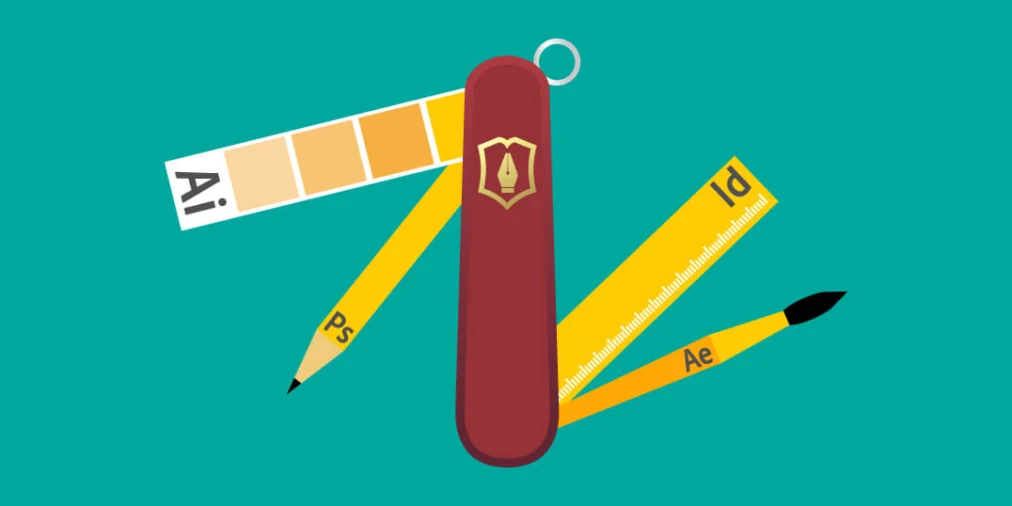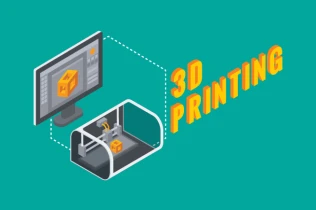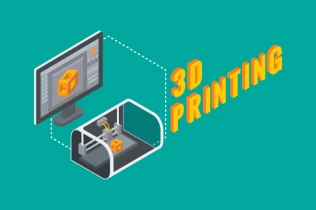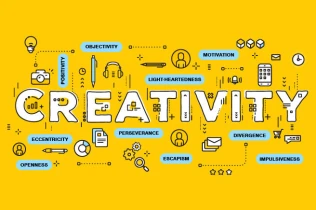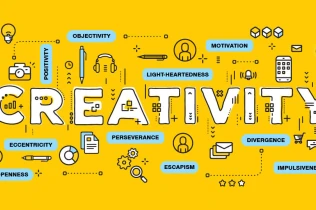Why is Adobe the Industry Standard Choice?
Adobe has dominated the creative software sector for almost three decades. Back in the 1990s, the company began to acquire a whole host of products that were considered to be in direct competition with what it had to offer. By combining multiple programs under the Adobe name (alongside the introduction of its own products), the organisation began to cement its claim as the dominant force in the digital publishing world.
Since swapping from a single-payment service to a controversial cloud-based subscription model in 2013, Adobe has enjoyed record revenue streams (almost $3bn of the company’s income in 2015 came from ‘digital media-related annual recurring revenue’.
Challengers to Adobe’s market monopoly face an almighty struggle to make their mark. That said, there are some viable alternatives to the Creative Cloud service (some of which try to tempt Adobe loyalists away by offering single, one-off payment licences). Competitors include:
- Affinity – an award-winning suite of design apps
- CorelDRAW – an acclaimed and affordable range of illustration and design programs
- GIMP – a free, open source image manipulation program (great for beginners looking to brush up on design basics)
For the majority of graphic designers, however, Adobe’s Creative Cloud service is the default choice. It offers integration with Behance (used for showcasing work) and Adobe Fonts (formerly known as Typekit), an online service which provides easy access to typefaces. The ability to move documents interchangeably between applications offers designers great versatility, too.
By and large, professional graphic designers will make use of four primary programs: Photoshop, Illustrator, InDesign and After Effects. Designers need to be fully aware of the strengths and weaknesses of each – this is what enables them to choose the best software for the job in hand. So, without further ado: which program does what?
